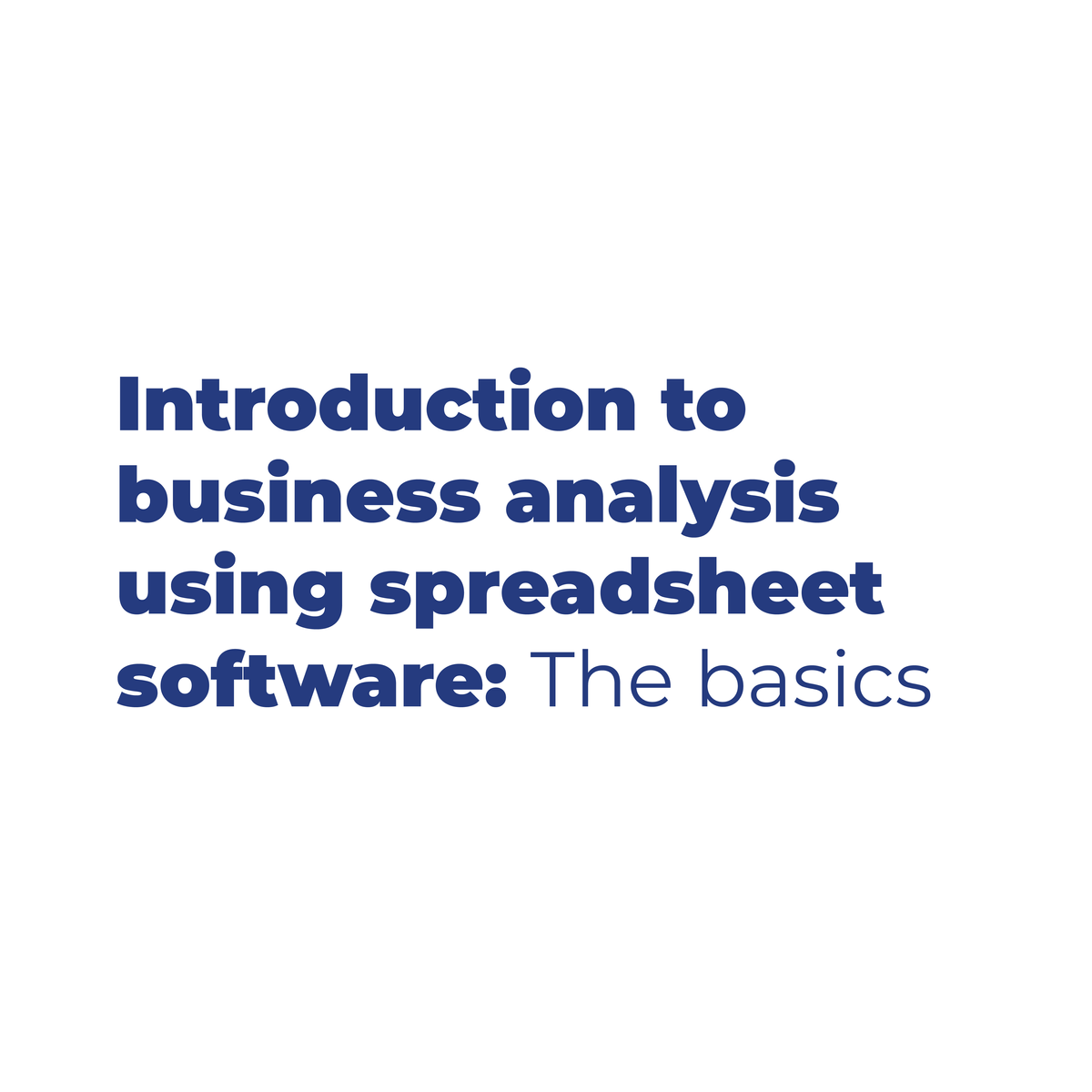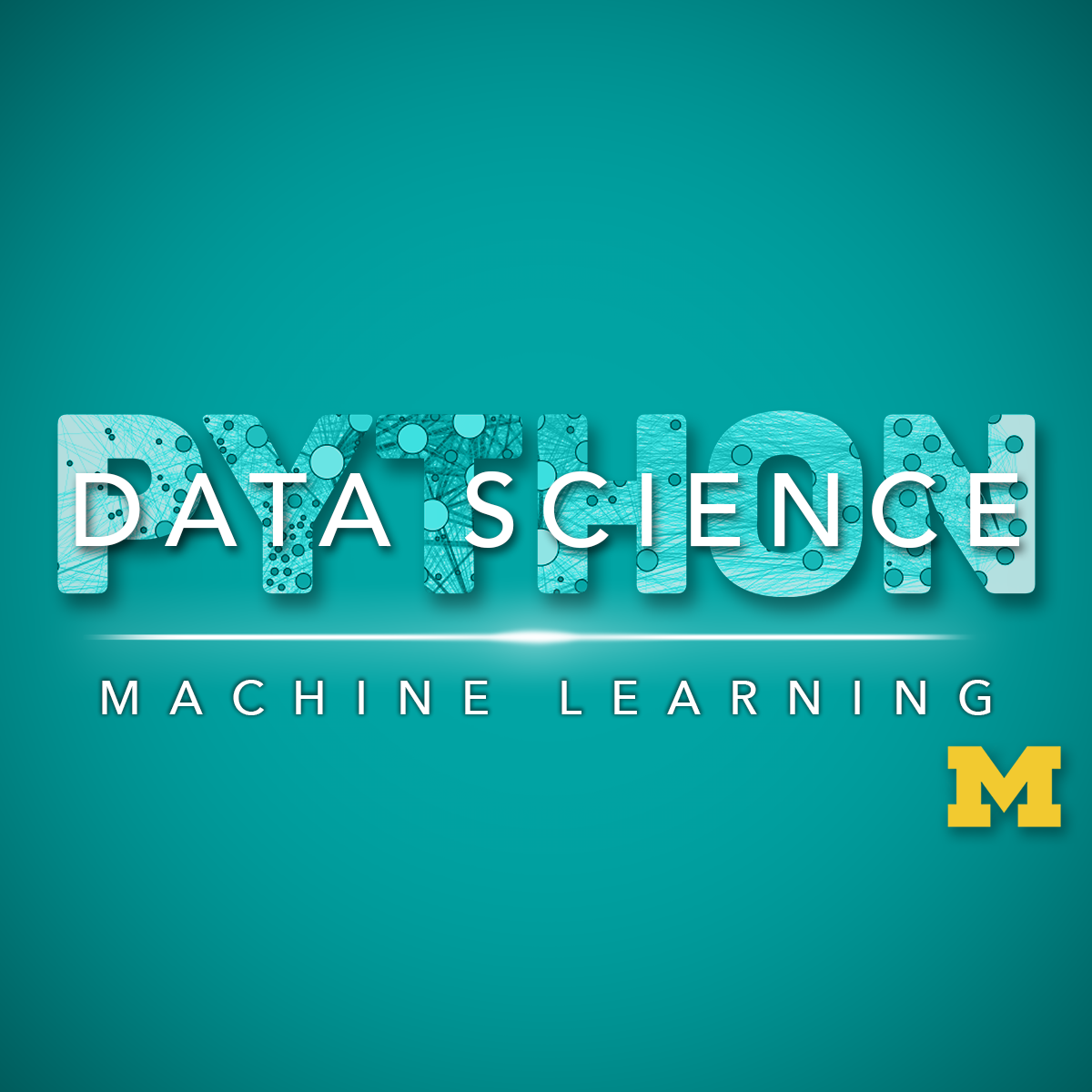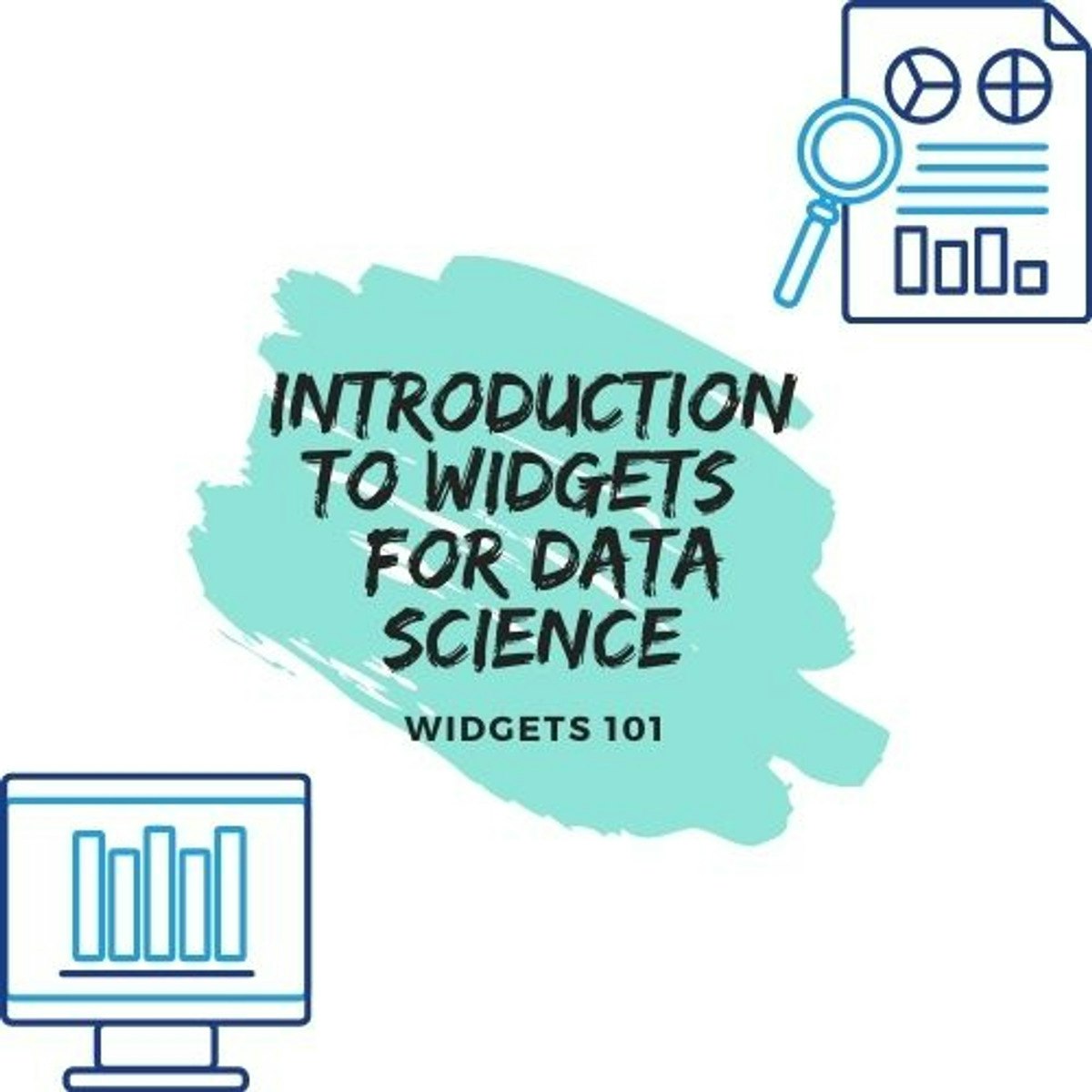Back to Courses









Data Analysis Courses - Page 70
Showing results 691-700 of 998
Data Modeling and Regression Analysis in Business
The course will begin with what is familiar to many business managers and those who have taken the first two courses in this specialization. The first set of tools will explore data description, statistical inference, and regression. We will extend these concepts to other statistical methods used for prediction when the response variable is categorical such as win-don’t win an auction. In the next segment, students will learn about tools used for identifying important features in the dataset that can either reduce the complexity or help identify important features of the data or further help explain behavior.

Pattern Discovery in Data Mining
Learn the general concepts of data mining along with basic methodologies and applications. Then dive into one subfield in data mining: pattern discovery. Learn in-depth concepts, methods, and applications of pattern discovery in data mining. We will also introduce methods for data-driven phrase mining and some interesting applications of pattern discovery. This course provides you the opportunity to learn skills and content to practice and engage in scalable pattern discovery methods on massive transactional data, discuss pattern evaluation measures, and study methods for mining diverse kinds of patterns, sequential patterns, and sub-graph patterns.

Calculus through Data & Modelling: Vector Calculus
This course continues your study of calculus by focusing on the applications of integration to vector valued functions, or vector fields. These are functions that assign vectors to points in space, allowing us to develop advanced theories to then apply to real-world problems. We define line integrals, which can be used to fund the work done by a vector field. We culminate this course with Green's Theorem, which describes the relationship between certain kinds of line integrals on closed paths and double integrals. In the discrete case, this theorem is called the Shoelace Theorem and allows us to measure the areas of polygons. We use this version of the theorem to develop more tools of data analysis through a peer reviewed project.
Upon successful completion of this course, you have all the tools needed to master any advanced mathematics, computer science, or data science that builds off of the foundations of single or multivariable calculus.

Introduction to Business Analysis Using Spreadsheets: Basics
In this 1-hour 30-mins long project-based course, you will learn the responsibilities of a Business Analyst such as Learn the basic concepts of data analysis and descriptive statistics. Learn how to manipulate, analyze, and visualize data in Google Sheets using functions, aggregation functions, and logical aggregation functions. and present data using different types of charts.
This course works best for learners who wish to learn about Business Analysis and wish to learn about the role of a Business Analyst.
Note: This project works best for learners who are based in the North America region. We’re currently working on providing the same experience in other regions.

Retrieve Data with Multiple-Table SQL Queries
In this course you will be introduced to two methods of writing SQL queries that retrieve data from two or more tables. Since one of the functions of a database is to store data in an organized format, many databases are made up of multiple tables. Often, the data output required from the database is made up of data from more than one table. For example, the data that populates a student transcript might come from the Student, Course, and Section tables. While the Student table may provide the student’s name, the name and number of the course might come from the Course table and the specific grade for that course may come from yet another table. While writing SQL queries in SQLiteStudio, you'll learn the SQL syntax required to join tables together as you develop an understanding of how the relationships among tables come into play.
Note: This course works best for learners who are based in the North America region. We’re currently working on providing the same experience in other regions.

Geospatial Big Data Visualization with Kepler GL
In this 1-hour long project-based course, you will learn how to easily create beautiful data visualization with Kepler and effectively design different geospatial data visualizations.

Datastream MySQL to BigQuery
This is a self-paced lab that takes place in the Google Cloud console. Learn to migrate MySQL Databases to BigQuery using Datastream and Dataflow.
Datastream is a serverless and easy-to-use Change Data Capture (CDC) and replication service that allows you to synchronize data across heterogeneous databases, storage systems, and applications reliably and with minimal latency. In this lab you'll learn how to replicate data from your OLTP workloads into BigQuery, in real time.
You will begin by deploying MySQL on Cloud SQL and import a dataset using the gcloud command line. Then, in the Cloud Console UI, you will create and start a Datastream stream and a Dataflow job for replication. The replication uses a Dataflow template to enable continuous replication of data, along with Cloud Storage and Pub/Sub for buffering data.

Data Storytelling
This course will cover the more complex concepts that become involved when working beyond simple datasets. Exploring the connection between visual aspects and data understanding, we will examine how those concepts work together through data storytelling. After reviewing key points on how to avoid problematic visualizations and data misrepresentation, you will continue working in Tableau performing multivariate descriptive analysis of the S&P 500 stock sectors.

Applied Machine Learning in Python
This course will introduce the learner to applied machine learning, focusing more on the techniques and methods than on the statistics behind these methods. The course will start with a discussion of how machine learning is different than descriptive statistics, and introduce the scikit learn toolkit through a tutorial. The issue of dimensionality of data will be discussed, and the task of clustering data, as well as evaluating those clusters, will be tackled. Supervised approaches for creating predictive models will be described, and learners will be able to apply the scikit learn predictive modelling methods while understanding process issues related to data generalizability (e.g. cross validation, overfitting). The course will end with a look at more advanced techniques, such as building ensembles, and practical limitations of predictive models. By the end of this course, students will be able to identify the difference between a supervised (classification) and unsupervised (clustering) technique, identify which technique they need to apply for a particular dataset and need, engineer features to meet that need, and write python code to carry out an analysis.
This course should be taken after Introduction to Data Science in Python and Applied Plotting, Charting & Data Representation in Python and before Applied Text Mining in Python and Applied Social Analysis in Python.

Introduction to Widgets for Data Science
In this 2-hour long project-based course, you will learn what are widgets, how they can used for data science work, types of widgets, linking multiple widgets, basic dashboards of widgets and creating child widgets.
Popular Internships and Jobs by Categories
Browse
© 2024 BoostGrad | All rights reserved


